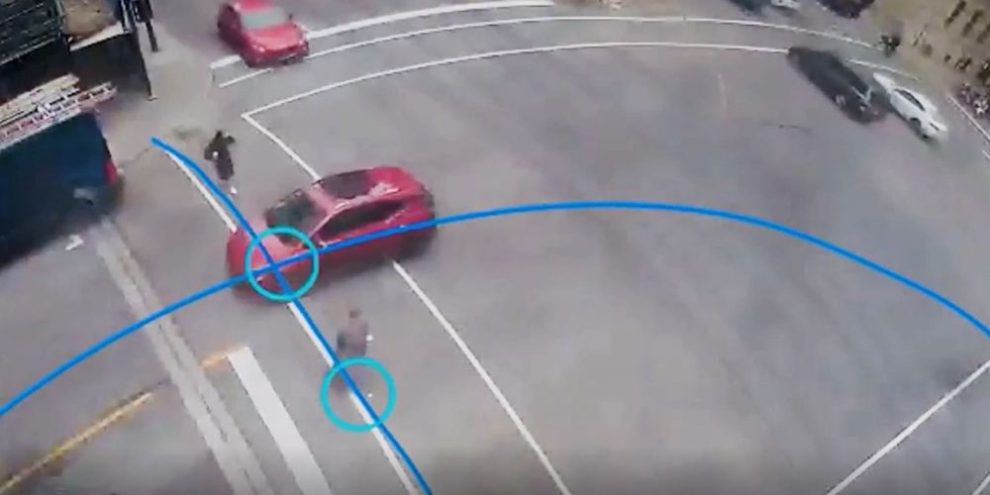
A groundbreaking study commissioned by CAA has uncovered an alarming trend: pedestrians and cyclists experience high-risk near-misses every day, incidents that could easily result in serious injuries or fatalities.
Over seven months, researchers analyzed more than 600,000 near-miss events at 20 intersections nationwide, creating the largest dataset of its kind in Canada. While collisions are documented by authorities, near misses—often a precursor to future accidents—are not.
A Growing Safety Concern
“The findings are clear, near-misses are not isolated events; they are daily warnings that demand attention,” says Teresa Di Felice, Assistant Vice President of Government & Community Relations at CAA South Central Ontario (CAA SCO).
Using advanced cameras and AI-driven analytics, the study—conducted in partnership with Miovision—identified critical areas where pedestrians and cyclists face the greatest risks. According to researchers, one in every 770 pedestrians and one in every 500 cyclists encounter a high-risk near-miss.
Barrie's News Delivered To Your Inbox
By submitting this form, you are consenting to receive marketing emails from: Central Ontario Broadcasting, 431 Huronia Rd, Barrie, Ontario, CA, https://www.cobroadcasting.com. You can revoke your consent to receive emails at any time by using the SafeUnsubscribe® link, found at the bottom of every email. Emails are serviced by Constant Contact
Right-turning vehicles pose the biggest danger, accounting for more than half (55% of pedestrian near-misses and 50% of cyclist incidents). Left-turning vehicles also represent a major risk, with 34% of pedestrians and 36% of cyclists experiencing close calls with cars making left turns.
“These aren’t just close calls; they are collisions waiting to happen,” Di Felice emphasizes.
Addressing the Issue
Experts say municipal leaders can take proactive steps to reduce these risks through intersection redesigns. The study pinpoints three key strategies proven to improve safety:
- Dedicated left-turn lanes to separate vehicle and pedestrian movements.
- Leading pedestrian intervals that allow people to begin crossing before vehicles start moving.
- Advanced green lights for left-turning drivers, reducing confusion and hesitation.
Cities that implement these measures can significantly cut down on near misses and protect vulnerable road users.
A New Approach to Road Safety
For years, transportation officials have relied on collision data to guide road safety improvements. But CAA argues that near-miss tracking is a critical next step—allowing municipalities to prevent accidents before they occur.
“With access to this data, policymakers can pinpoint high-risk intersections and prioritize upgrades accordingly,” says Di Felice.
Data collection for the study spanned seven provinces—Nova Scotia, Québec, Ontario, Manitoba, Saskatchewan, Alberta, and British Columbia—using 360-degree cameras to assess risk levels based on speed and trajectory.
As cities continue to evolve, advocates hope that near-miss analysis will become an essential tool in creating safer streets for everyone.





